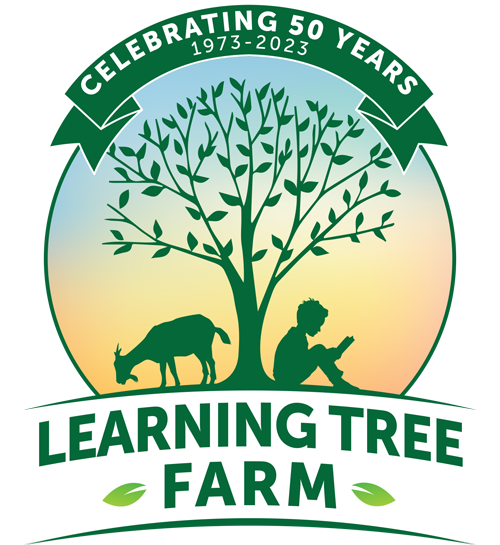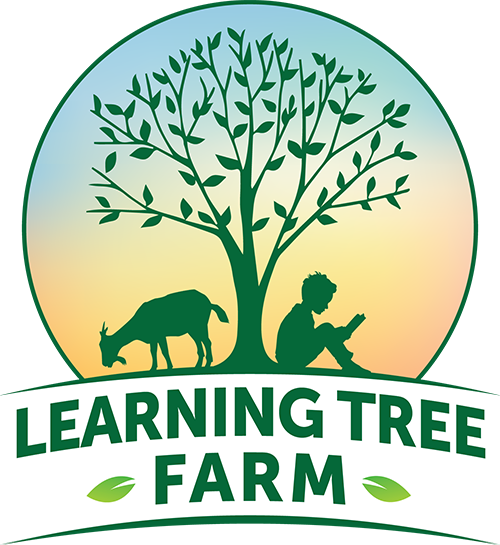
Learning Tree Farm’s practices have always been focused on conservation and providing a farm environment where children can explore and learn through up-close interactions with farm life. Sixty-four of our eighty-five acres are currently protected under the Clean Ohio Grant, which covers mostly the woodland areas of the property. Now, thanks to an anonymous donor, Learning Tree Farm will be able to lean further into the world of conservation with an increased focus on Regenerative Agriculture.
What is regenerative agriculture?
Regenerative Agriculture (“Regen Ag”) is a thoughtful approach to agriculture that focuses on ties between farming practices and our natural surroundings. It focuses on not only conservation but also on rehabilitation in our approach to food and farming that, through carbon capturing, increases our resilience to climate change, and strengthens the health and vitality of farm soil.
The concept of regenerative farming is not new. It was used by indigenous communities centuries ago, long before industrial agriculture occurred. It consisted of farming practices that worked with the world’s natural systems instead of against them. What is new is the concept that healthy soil can pull carbon from the air back into the ground, decreasing pollution and having a positive effect on the fight against climate change.
Four Principles of Regen Ag:
1. Minimizing soil disturbances
Regenerative agriculture uses farming practices such as limited or no-tilling that minimize soil disturbances.
2. Soil coverage and Living Roots
Instead of relying on tilling, regenerative farming practices focus on keeping the soil covered with vegetation and natural materials. Having living roots in the soil ensures that fields are never bare. It can be done by farming practices such as planting winter cover crops or having land in permanent pasture. Keeping living roots in the soil helps stabilize the soil, retaining excess water and nutrient runoff.
3. Increased plant diversity
Diversity is an essential component in building healthy soils that retain excess water and nutrients. It can help farmers obtain revenue from other sources and it’s beneficial to other wildlife and pollinators.
4. Integrate animals into the farm as much as possible
Manure produced by livestock can add valuable nutrients to the soil, reducing the need for fertilizers, and increasing soil organic matter. Healthy soils capture large amounts of carbon and water and reduce the amount of polluted runoff.
To begin this increased focus Learning Tree Farm is planning the following improvements:
- Replace row crops with multi-species cover crops and grasses to improve soil quality, and prevent erosion and weeds.
- No-till and low-tilling farming to minimize disturbing our soil and retain our topsoil.
- Install new fencing for rotational grazing
- Continuously moving animals to different grazing areas prevents soil erosion, saves on feed costs, averts the manure buildup of concentrated animal feeding operations, and contributes to soil fertility.
- Partner with groups with like-minded techniques to increase our impact
- Create educational programming, displays, and materials to educate and excite children about how they can make a difference in the fight against climate change.
With these changes Learning Tree Farm is very excited about the impact we can make in caring for our land and leaving a cleaner world for future generations to come. It all starts under our feet and we can be part of the solution.

